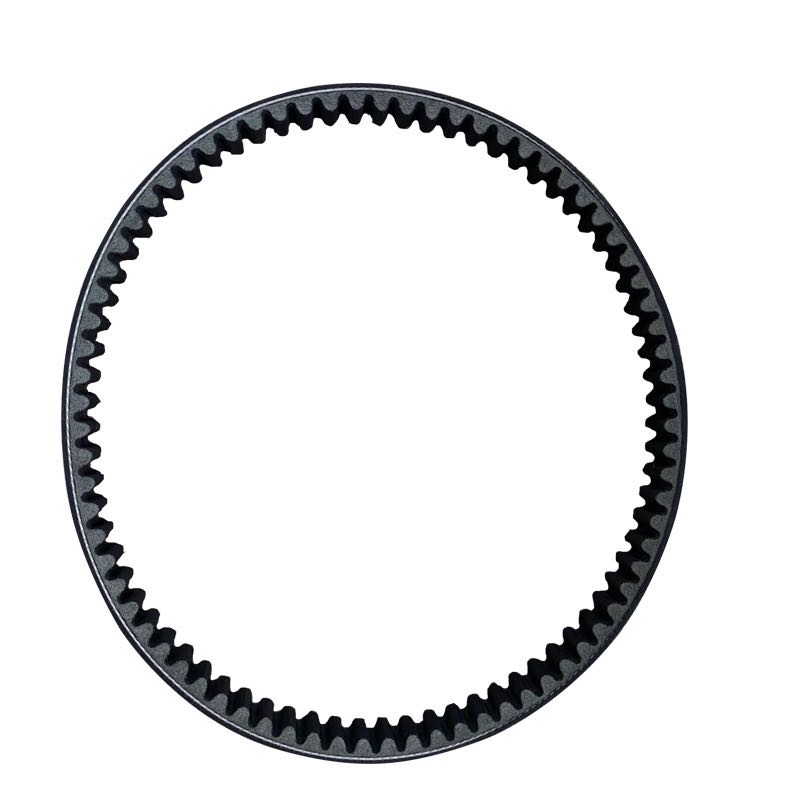- Arabic
- French
- Russian
- Spanish
- Portuguese
- Turkish
- Armenian
- English
- Albanian
- Amharic
- Azerbaijani
- Basque
- Belarusian
- Bengali
- Bosnian
- Bulgarian
- Catalan
- Cebuano
- Corsican
- Croatian
- Czech
- Danish
- Dutch
- Afrikaans
- Esperanto
- Estonian
- Finnish
- Frisian
- Galician
- Georgian
- German
- Greek
- Gujarati
- Haitian Creole
- hausa
- hawaiian
- Hebrew
- Hindi
- Miao
- Hungarian
- Icelandic
- igbo
- Indonesian
- irish
- Italian
- Japanese
- Javanese
- Kannada
- kazakh
- Khmer
- Rwandese
- Korean
- Kurdish
- Kyrgyz
- Lao
- Latin
- Latvian
- Lithuanian
- Luxembourgish
- Macedonian
- Malgashi
- Malay
- Malayalam
- Maltese
- Maori
- Marathi
- Mongolian
- Myanmar
- Nepali
- Norwegian
- Norwegian
- Occitan
- Pashto
- Persian
- Polish
- Punjabi
- Romanian
- Samoan
- Scottish Gaelic
- Serbian
- Sesotho
- Shona
- Sindhi
- Sinhala
- Slovak
- Slovenian
- Somali
- Sundanese
- Swahili
- Swedish
- Tagalog
- Tajik
- Tamil
- Tatar
- Telugu
- Thai
- Turkmen
- Ukrainian
- Urdu
- Uighur
- Uzbek
- Vietnamese
- Welsh
- Bantu
- Yiddish
- Yoruba
- Zulu
नोभ . 29, 2024 19:51 Back to list
Understanding Engine Timing Belts for Optimal Performance and Maintenance Techniques
Understanding Engine Timing Belts Importance, Maintenance, and Replacement
The engine timing belt is an essential component of an automobile's engine, playing a critical role in the functionality and performance of the vehicle. This relatively simple yet vital part synchronizes the movement of the crankshaft and camshaft, ensuring that the engine's valves open and close at the appropriate intervals during each cylinder's intake and exhaust strokes. A properly functioning timing belt is crucial for maintaining the engine's efficiency and power.
Importance of the Timing Belt The timing belt is often made of reinforced rubber and is located within the engine's timing cover. It connects the crankshaft, which is driven by the engine's combustion process, to the camshaft(s), which controls the opening and closing of the engine’s valves. If the belt loses tension or breaks, the crankshaft and camshaft can become out of sync, leading to severe engine damage, including bent valves or even a complete engine failure. Consequently, the timing belt is often referred to as the “heart” of the engine, and regular maintenance is imperative to avoid costly repairs.
Signs of Timing Belt Wear As with many vehicle components, the timing belt will wear out over time. There are several signs that drivers should be aware of to identify potential problems with their timing belt. These include 1. Engine Misfiring If the timing belt is stretched or worn, it may cause the engine to misfire. This can lead to reduced power and efficiency. 2. Unusual Engine Noises A failing timing belt may produce loud, slapping noises that indicate it's loose or damaged. 3. Oil Leakage If oil is leaking from the front of the engine, it might be due to a failing timing belt cover seal. 4. Warning Lights A sudden illumination of the check engine light can often be a sign of timing belt issues.
engine timing belt

Maintenance and Replacement Just as your vehicle's oil and tires require regular inspection and maintenance, the timing belt also has its own maintenance schedule. Manufacturers typically recommend replacing the timing belt every 60,000 to 100,000 miles, depending on the make and model of the car. However, this interval can vary significantly, so it’s crucial to consult the owner's manual for specific guidance.
When scheduling a timing belt replacement, it's also wise to consider replacing other related components at the same time. These may include the water pump, tensioner, and idler pulleys. Since these components are often accessed during the timing belt replacement procedure, proactively replacing them can save time and labor costs in the long run.
The Replacement Process Replacing a timing belt is a complex task that requires specific tools and knowledge. During the replacement process, a mechanic will typically 1. Remove the engine covers to access the timing belt. 2. Detach the old belt from the pulleys while ensuring that the timing marks on the crankshaft and camshaft align correctly. 3. Install the new timing belt, taking care to ensure tension is set correctly. 4. Reassemble any components removed during the service and perform tests to ensure the engine is functioning correctly.
Conclusion Understanding the importance of an engine timing belt is vital for any car owner. Regular maintenance and timely replacement can prevent catastrophic failures that might lead to expensive repairs or even engine replacement. Being aware of the signs of wear and sticking to a replacement schedule is essential for ensuring your vehicle runs smoothly and efficiently. Ultimately, taking care of your timing belt is a small investment compared to the potential cost of an engine overhaul, allowing you to keep your vehicle in optimal shape for years to come.
-
Korean Auto Parts Timing Belt 24312-37500 For Hyundai/Kia
NewsMar.07,2025
-
7PK2300 90916-T2024 RIBBED BELT POLY V BELT PK BELT
NewsMar.07,2025
-
Chinese Auto Belt Factory 310-2M-22 For BMW/Mercedes-Benz
NewsMar.07,2025
-
Chinese Auto Belt Factory 310-2M-22 For BMW/Mercedes-Benz
NewsMar.07,2025
-
90916-02660 PK Belt 6PK1680 For Toyota
NewsMar.07,2025
-
drive belt serpentine belt
NewsMar.07,2025

